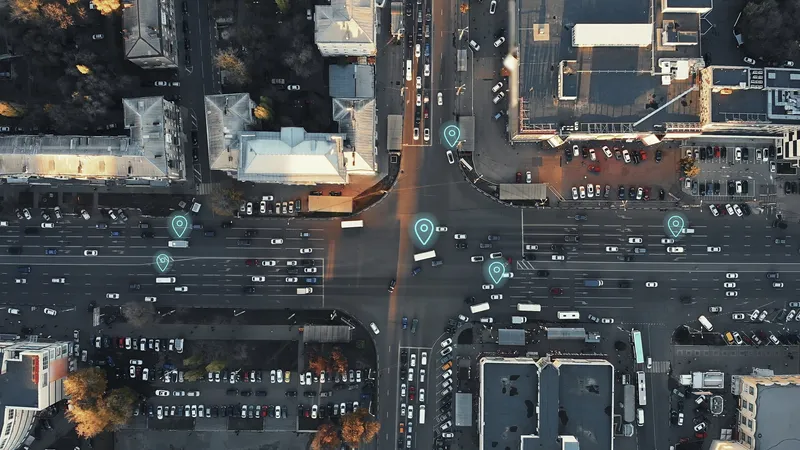German hardware and software specialist ADVA Optical Networking has expanded its FSP 3000 platform to cover metro networks and provide metro operators with high levels of flexibility, scale and synchronisation. The ADVA FSP 3000 is said to provide a flexible and automated optical layer without the cost of a traditional reconfigurable optical add/drop multiplexer and features a cross-connect that enables users to scale optical transport networks (OTNs) without any capacity lock-in. To deliver the necessary
March 13, 2018
Read time: 1 min

German hardware and software specialist ADVA Optical Networking has expanded its FSP 3000 platform to cover metro networks and provide metro operators with high levels of flexibility, scale and synchronisation.
The ADVA FSP 3000 is said to provide a flexible and automated optical layer without the cost of a traditional reconfigurable optical add/drop multiplexer and features a cross-connect that enables users to scale optical transport networks (OTNs) without any capacity lock-in. To deliver the necessary time synchronizations for 5G, ADVA FSP 3000 TrueTime uses time-sensitive technologies for the highest performance and automatically compensates delay asymmetries.










